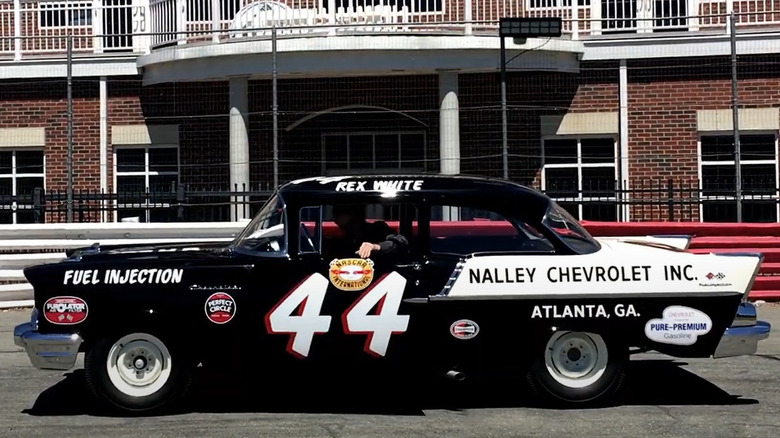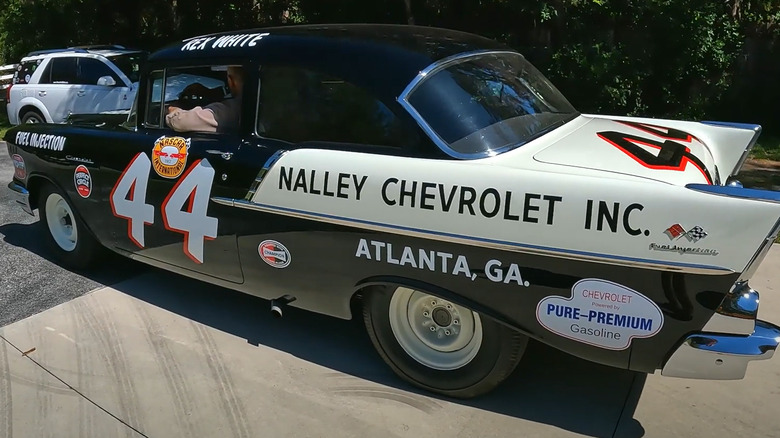1957 'Black Widow' Chevy: What Made It So Special, And How Many Were Made?
The 1957 "Black Widow" Chevy arrived as a result of a horrendous accident at the 1955 24 Hours of Le Mans race, which saw a crash take the lives of over 80 people. This tragic event was far from the greatest moments of Le Mans history, and led to the Automobile Manufacturers Association formally banning auto racing in 1957. This association consisted of numerous American automakers, who decided that they would ban racing before the government could make the same decision.
From here, automakers such as GM then looked to see how they could bend their own rules and indulge in a little motorsport. GM's answer was to launch the Southern Engineering and Development Co., or SEDCO, which was run out of the Nalley Chevrolet dealer in Atlanta by ex-Hudson lead race engineer Vince Piggins. He decided that Chevy's best course of action would be to take its lightest car, strip it back, and pair it with the firm's largest engine. It was this blend of simplicity and raw power that made the "Black Widow" so special.
Piggins compiled a guide on how Chevrolet dealers and performance-minded customers could build their own version, and promptly mailed it out to 411 Chevy dealers across the country. It's not clear how many "Black Widow" Chevrolets were built using this manual, with no agreement on how many SEDCO itself built. Some experts (via AutoEvolution) agree that it only built six, while Hemmings suggests there may have been up to 20 "Black Widow" Chevys.
The 'Black Widow' was a heavily modified Chevy 150 Utility Sedan
On paper, the recipe Vince Piggins laid out for assembling a "Black Widow" was pretty simple. Step one was to get your hands on a Chevrolet 150 Utility Sedan, which was the lightest full-sized car in Chevy's line-up in 1957. From here, the most notable modification would be to cram in a 283 cubic-inch, 283-hp small block Chevrolet engine, paired with a three-speed manual transmission and 20-gallon gas tank.
Sacrifices included ditching the radio and rear armrests in aid of lightness. In total, Vince's guide required 170 GM-made components to be utilized in transforming a 150 into a "Black Widow," which was dubbed as such due to the NASCAR competitor's striking black and white paint job. The "Black Widow" did more than just compete in NASCAR: Buck Baker piloted the legendary Chevrolet to victory across 10 races in the 1957 season, earning himself that year's championship trophy.
Unfortunately, rule changes that fuel injection systems in NASCAR effectively outlawed the "Black Widow" recipe for future use. That's possibly why so few were assembled in the 1950s, having been made redundant after just one year on the track, joining the many great race cars that have fallen foul of regulations over the years.

